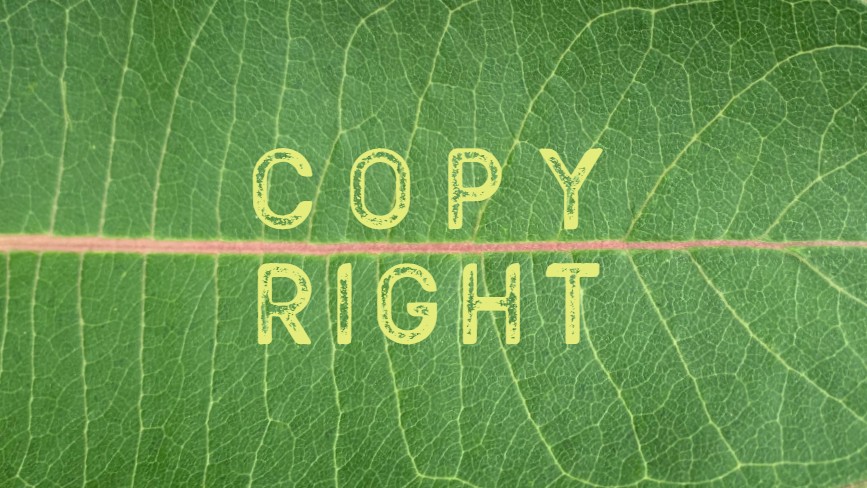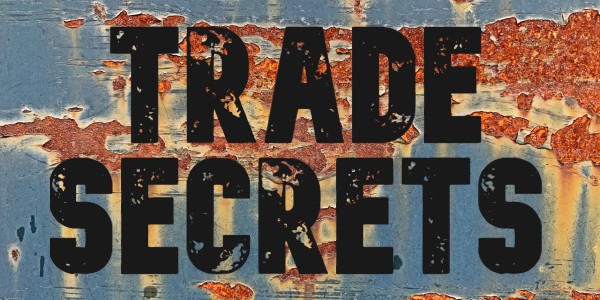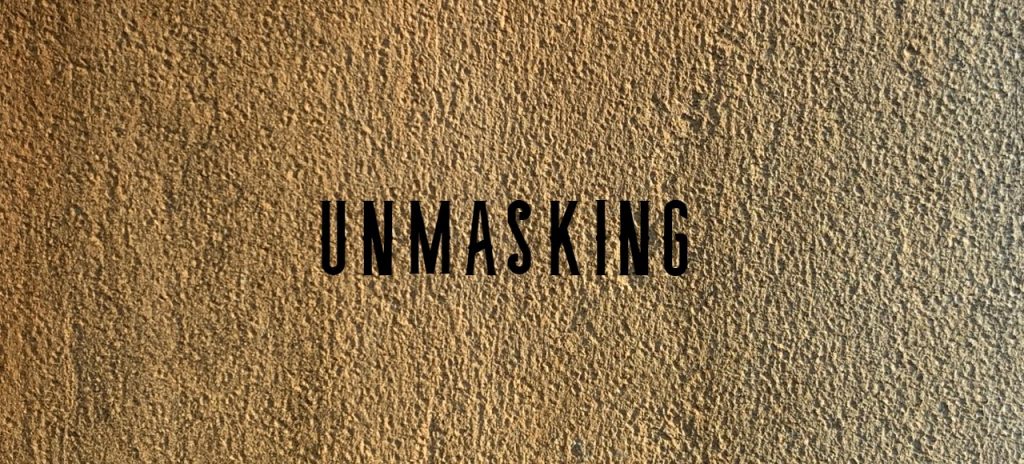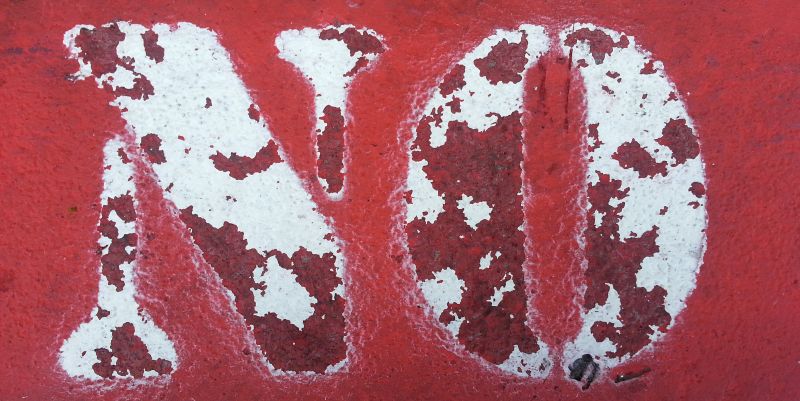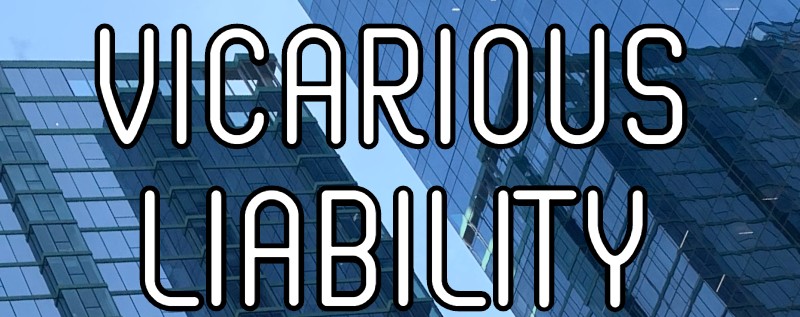In a couple of recent blog posts we have covered work made for hire generally and have looked at how it is defined. Let’s focus in this post on a key provision that should be in most independent contractor agreements because of the work made for hire doctrine.
The work made for hire framework
Remember that an employee will own the copyright in what an employee creates within the scope of his or her employment even without a written contract saying that. And with an independent contractor, certain kind of works can be work made for hire if the contract says that they are. There are at least two things to be concerned about because of this concept about work made for hire as it relates to independent contractors.
Why work made for hire creates concerns in contract drafting
The first concern is that if the independent contractor agreement is silent on the question of intellectual property ownership, the contractor, and not the hiring party, will own the copyright in the deliverables. Many hiring parties that have spent a lot of money for the work of an independent contractor have been distressed to learn this.
The second thing to be concerned about is the situation where the contract says the deliverables are to be work made for hire, but they are not a type of work that the Copyright Act says can be work made for hire. (We went through that list in part two of this series.) Software would in most circumstances probably fall into this category. If the contract just says the software will be a work made for hire, then the contract may not establish ownership in the party paying for the software to be developed, because it is not really a work made for hire when created by an independent contractor.
Contractor hereby assigns . . .
So you will often see contracts that say two things on this point. It will say that the deliverables are work made for hire. Then the contract will go on to say something along the lines of, to the extent the deliverables are not work made for hire, contractor hereby assigns all right, title and interest in and to the deliverables to the hiring party. If you have seen that language in an agreement before, you may have thought it was redundant but it serves a good purpose.
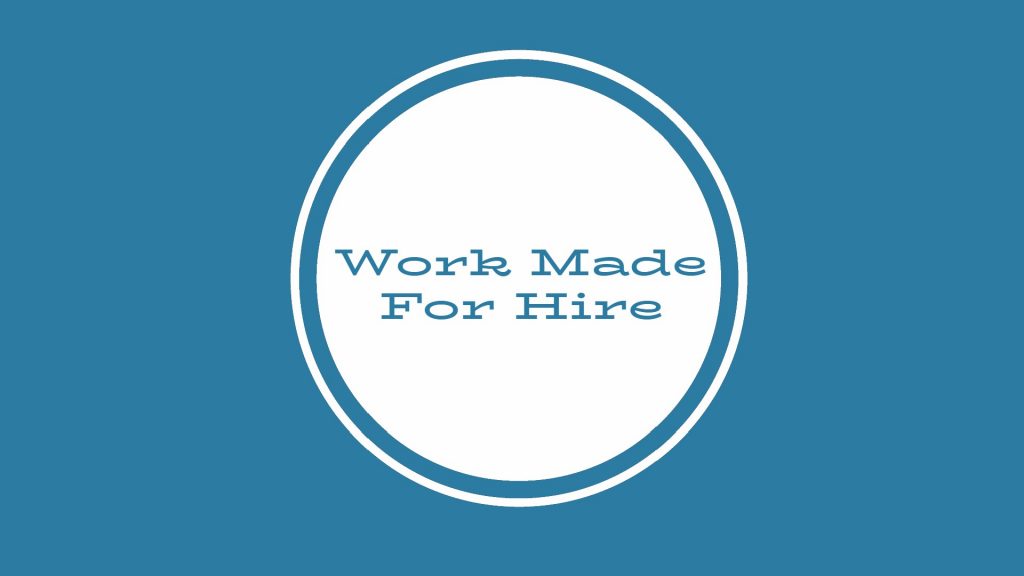
Blog posts in this series:
Need help with a work made for hire issue? Let’s talk.
Call me at (630) 362-7237, or send an email to ebrown@internetcases.com.
About the author
 Evan Brown is an attorney in Chicago practicing copyright, trademark, technology and in other areas of the law. His clients include individuals and companies in many industries, as well as the technology companies that serve them. Twitter: @internetcases
Evan Brown is an attorney in Chicago practicing copyright, trademark, technology and in other areas of the law. His clients include individuals and companies in many industries, as well as the technology companies that serve them. Twitter: @internetcases

